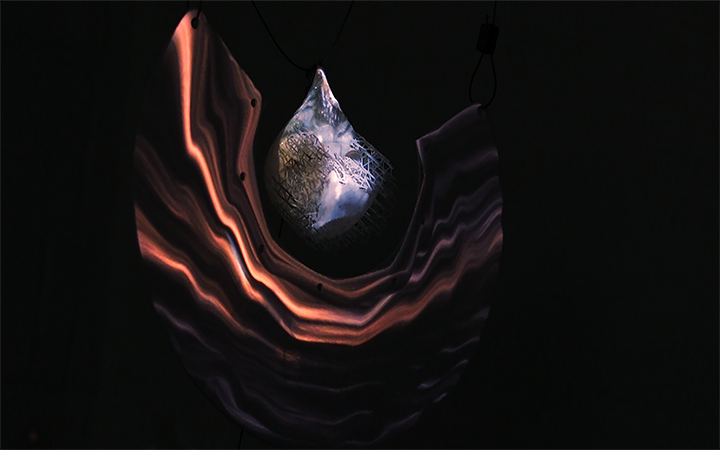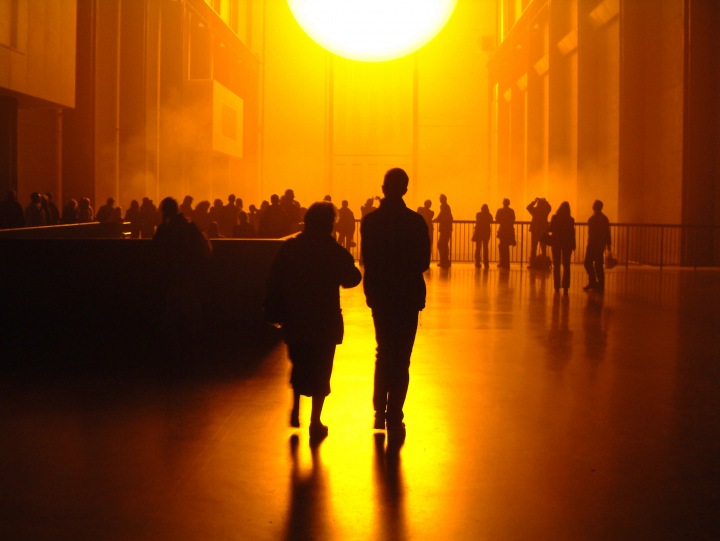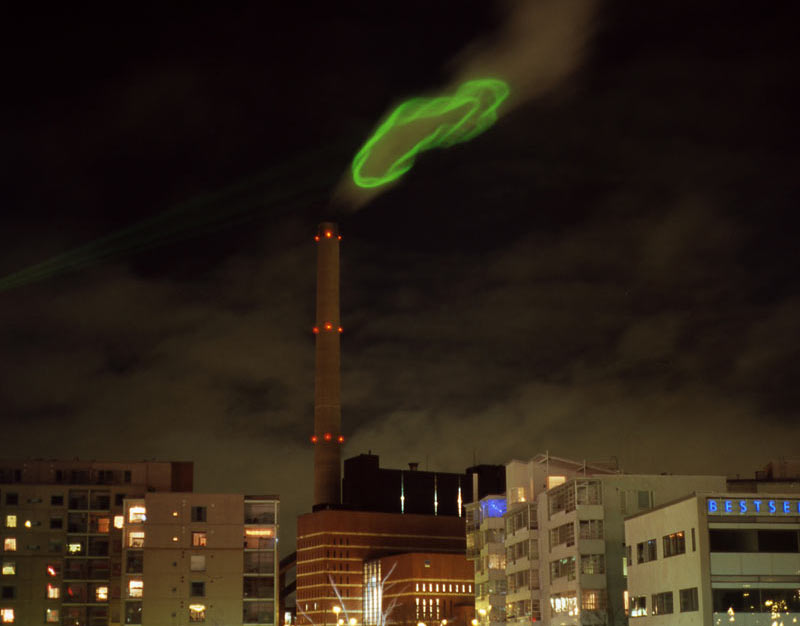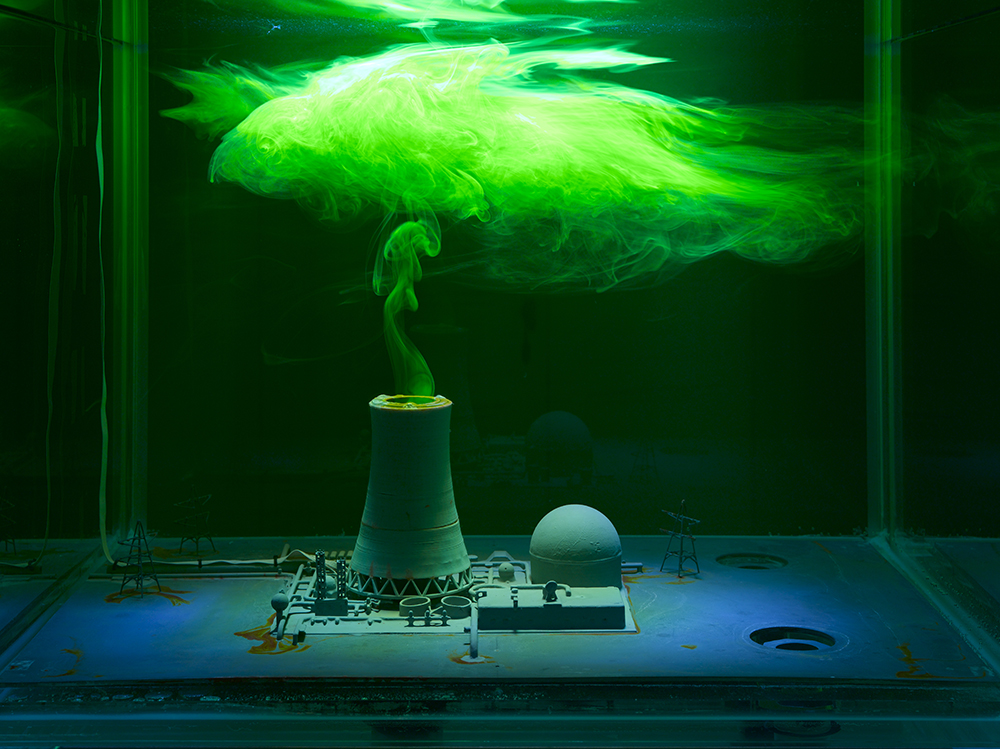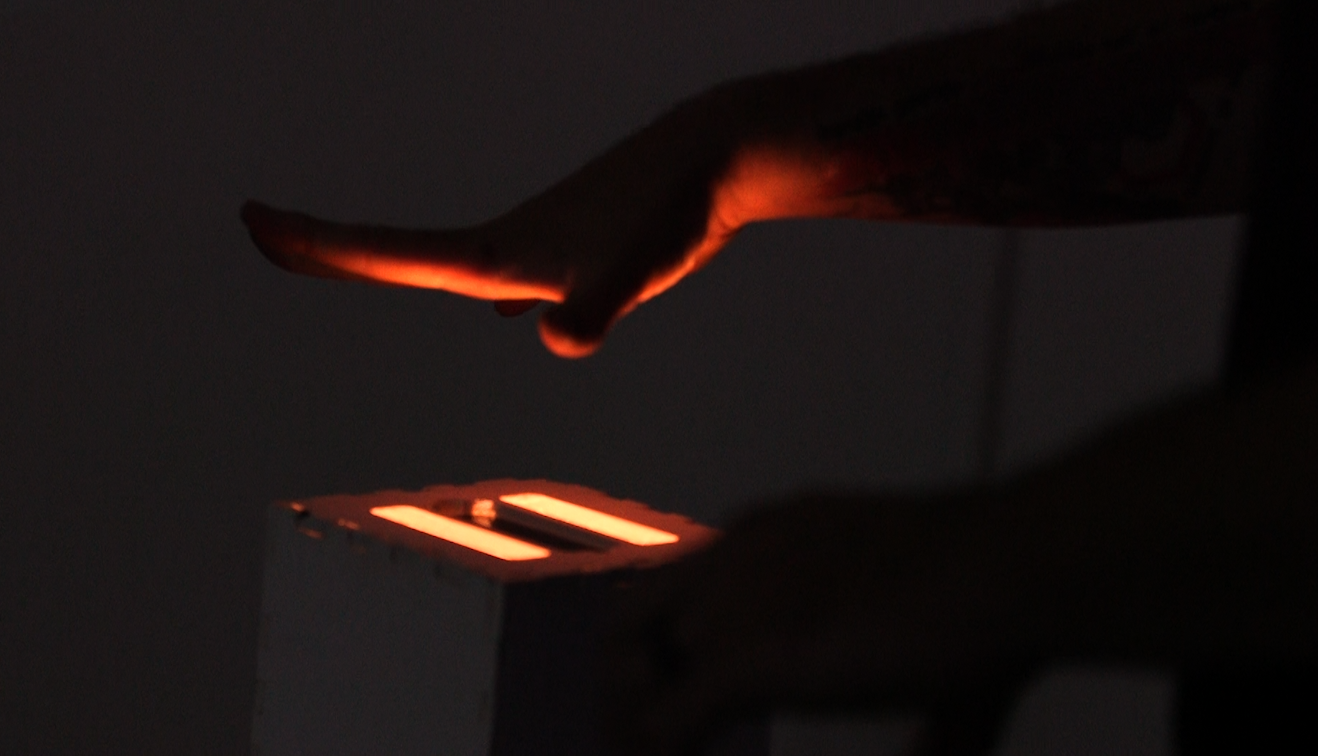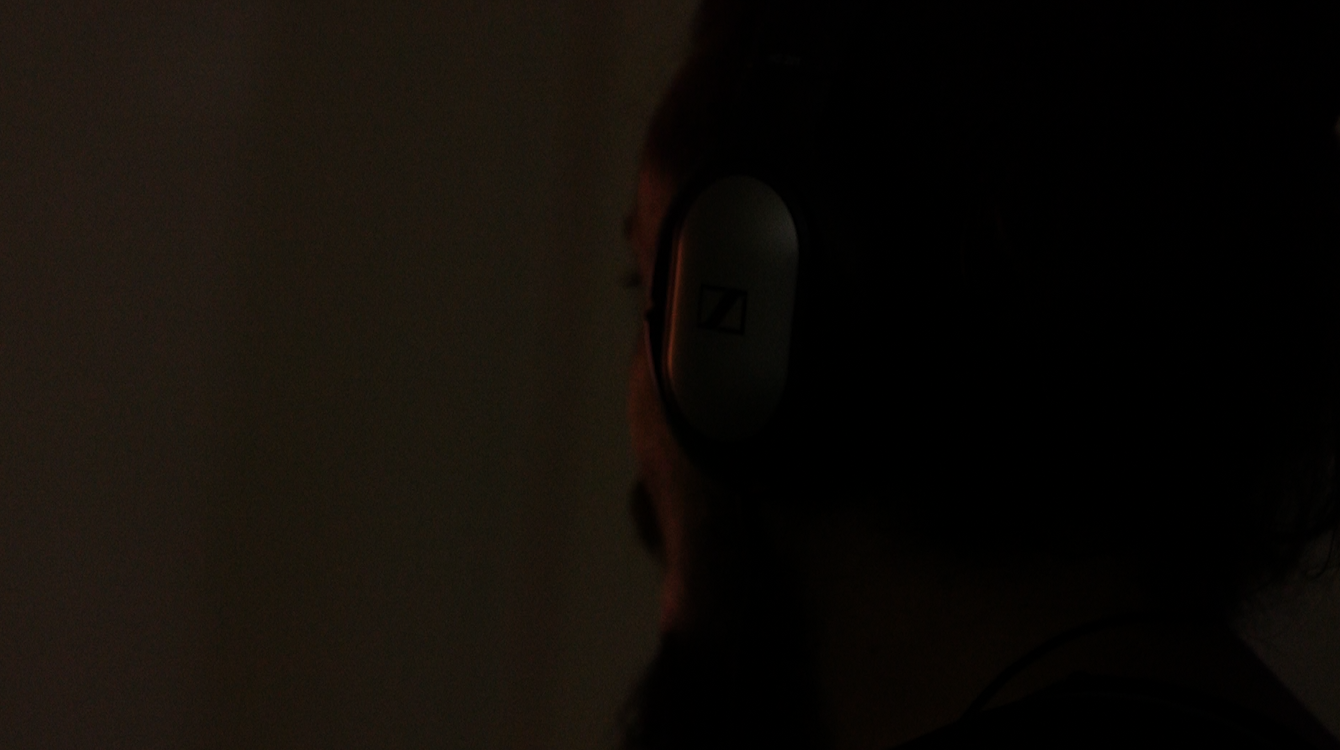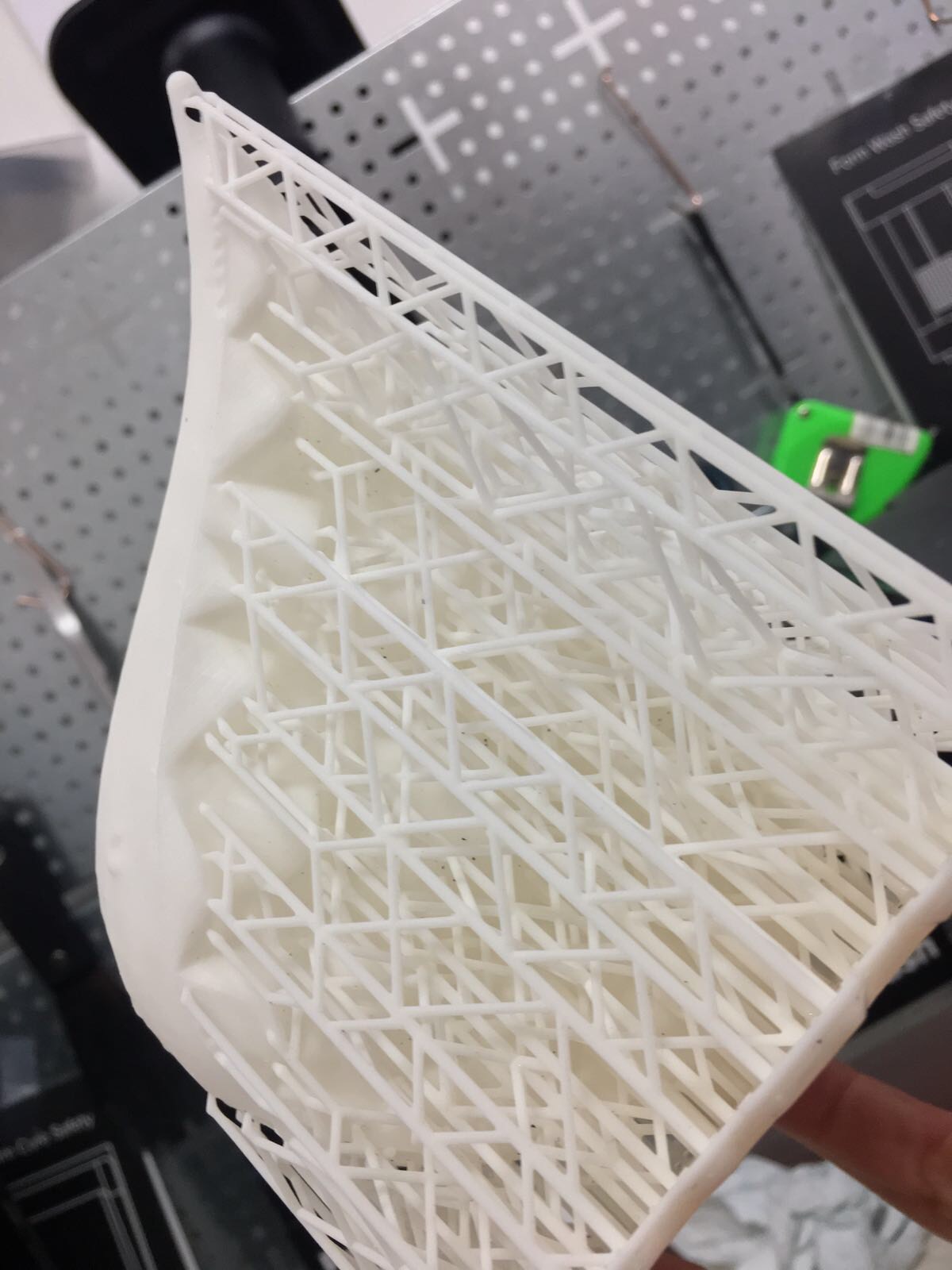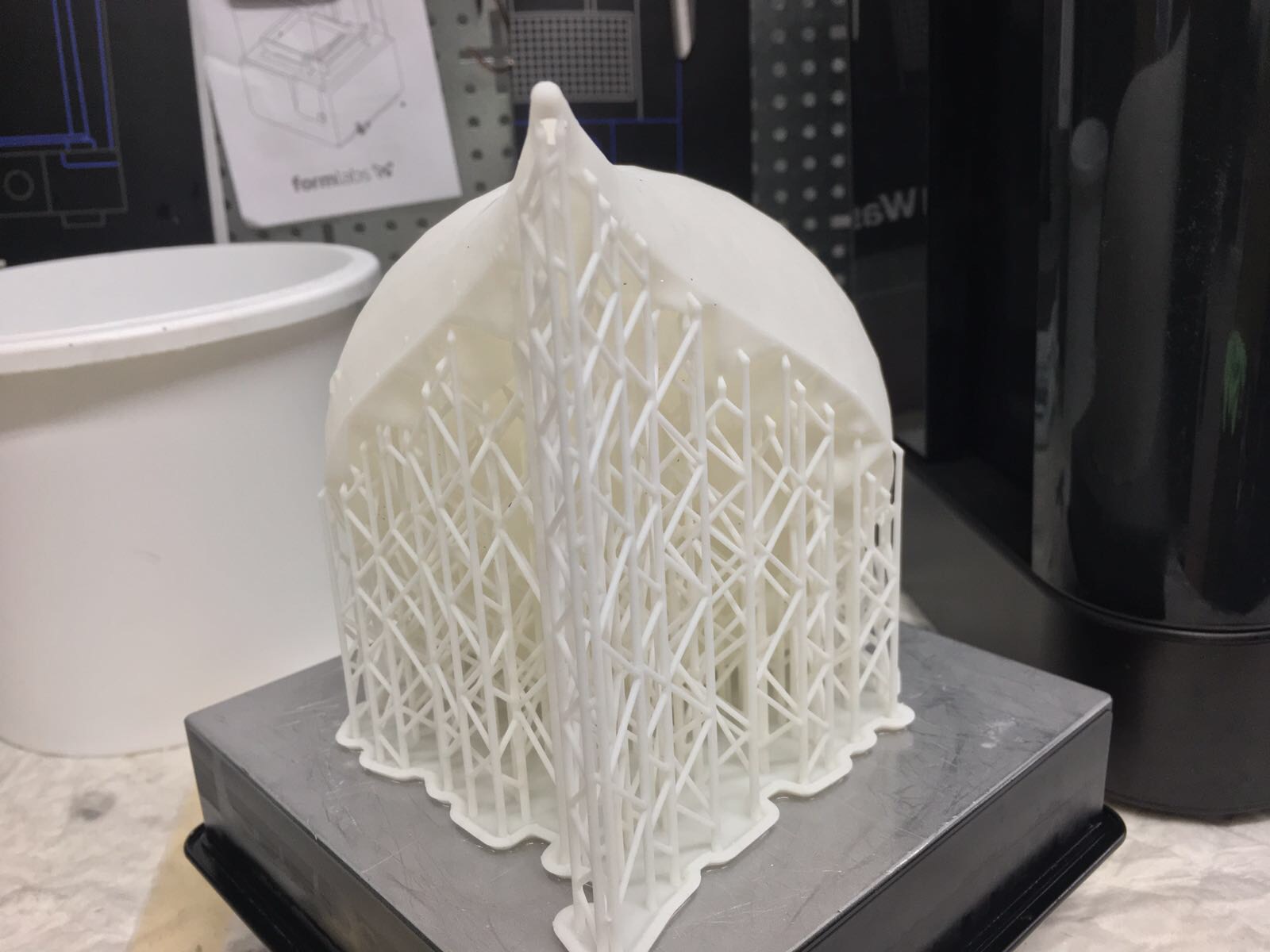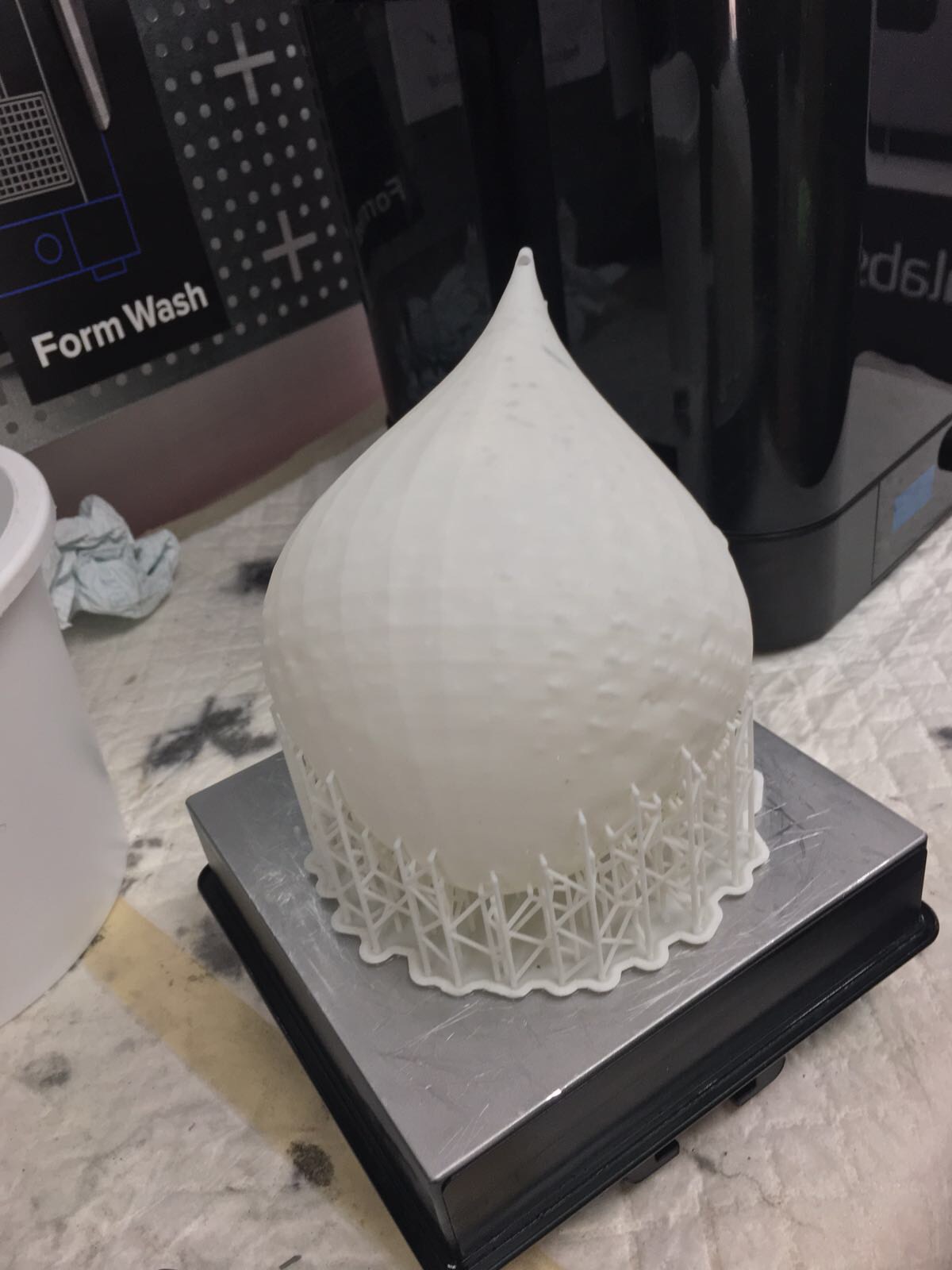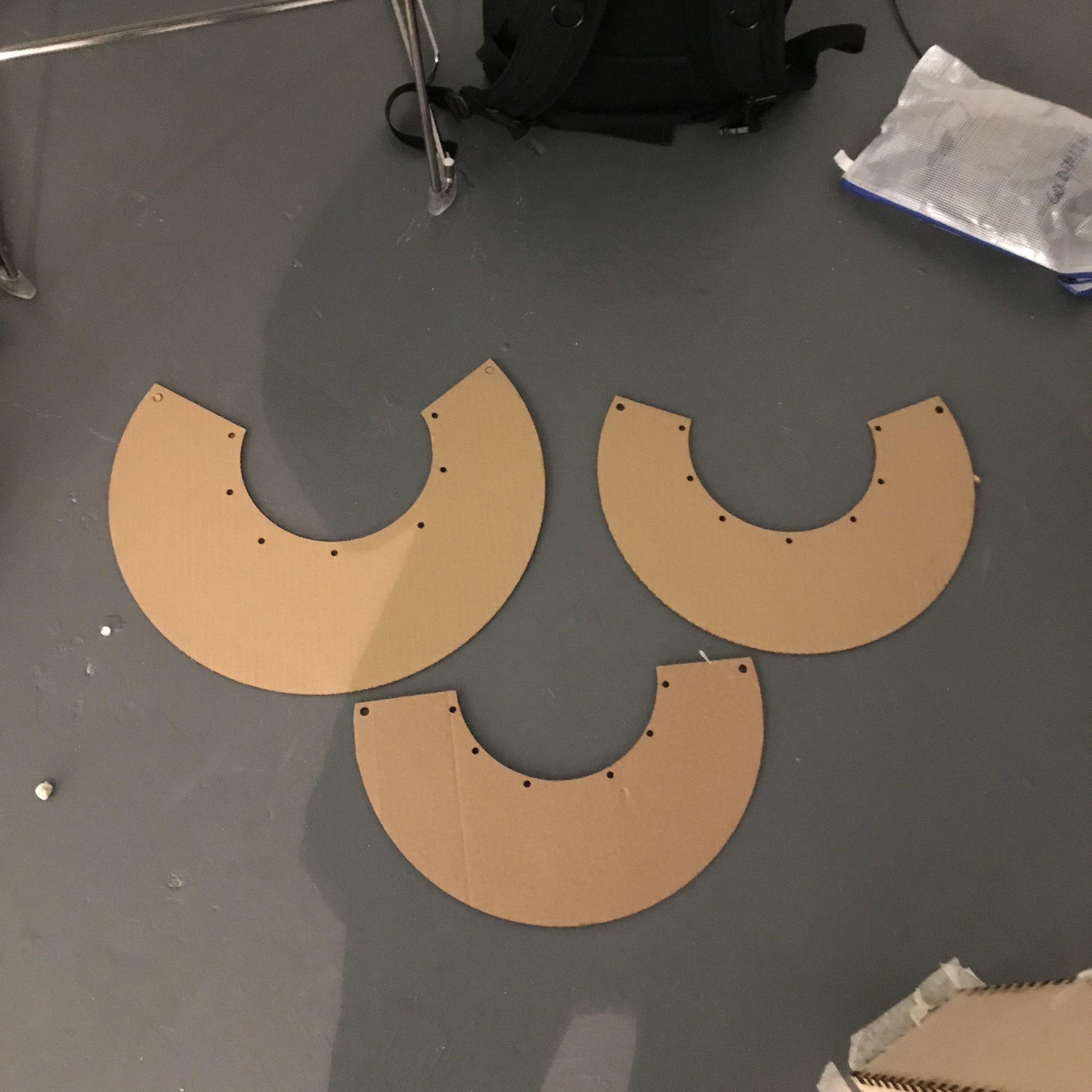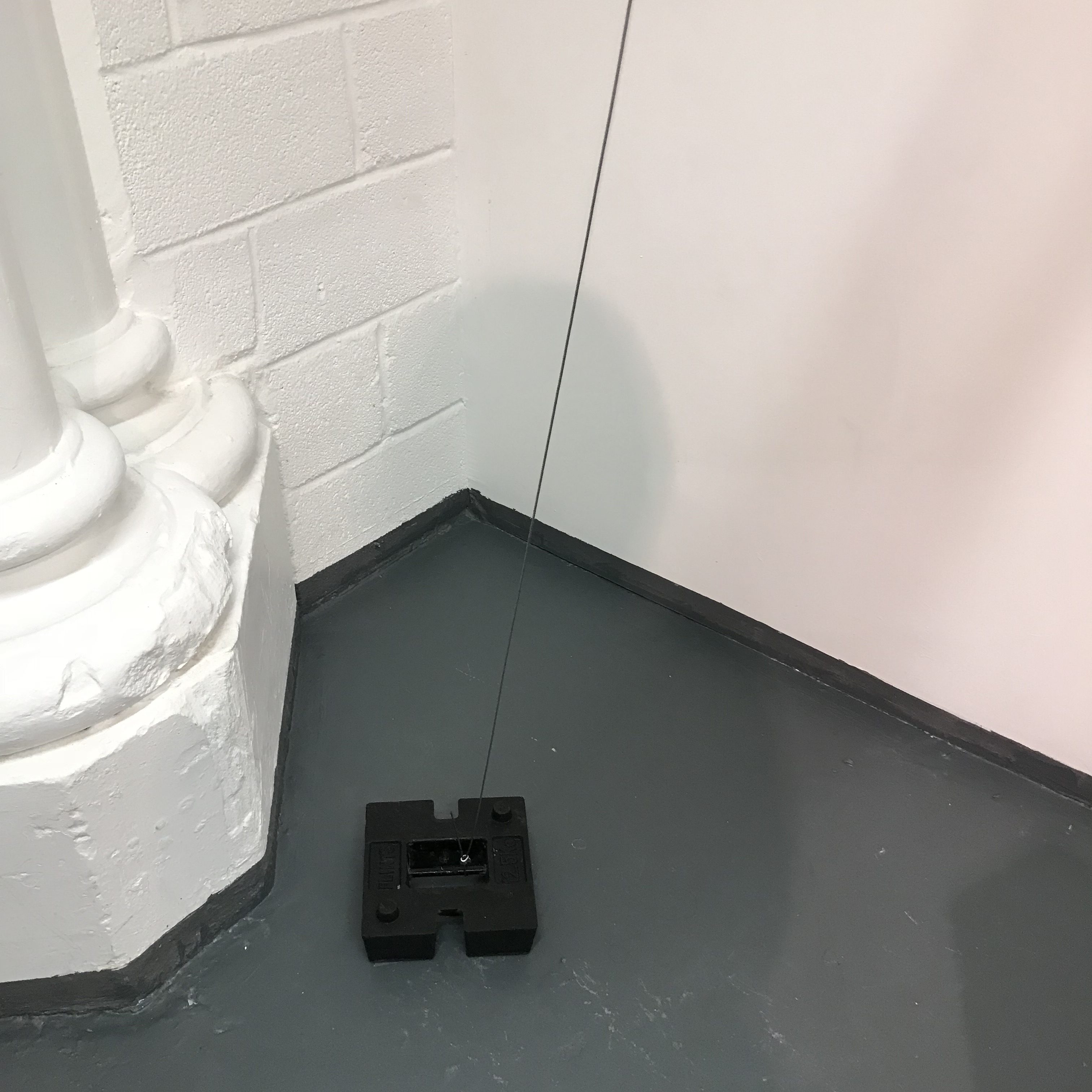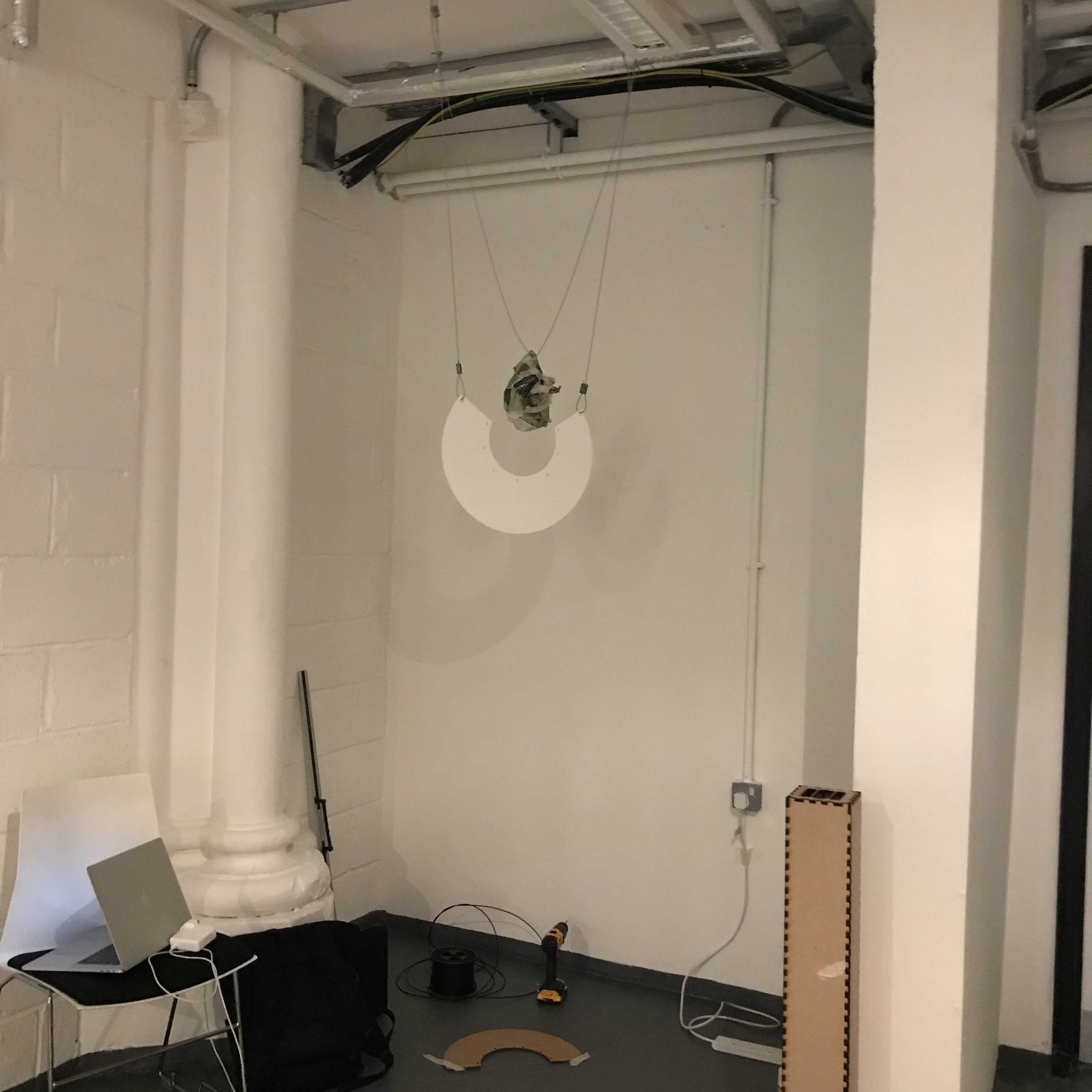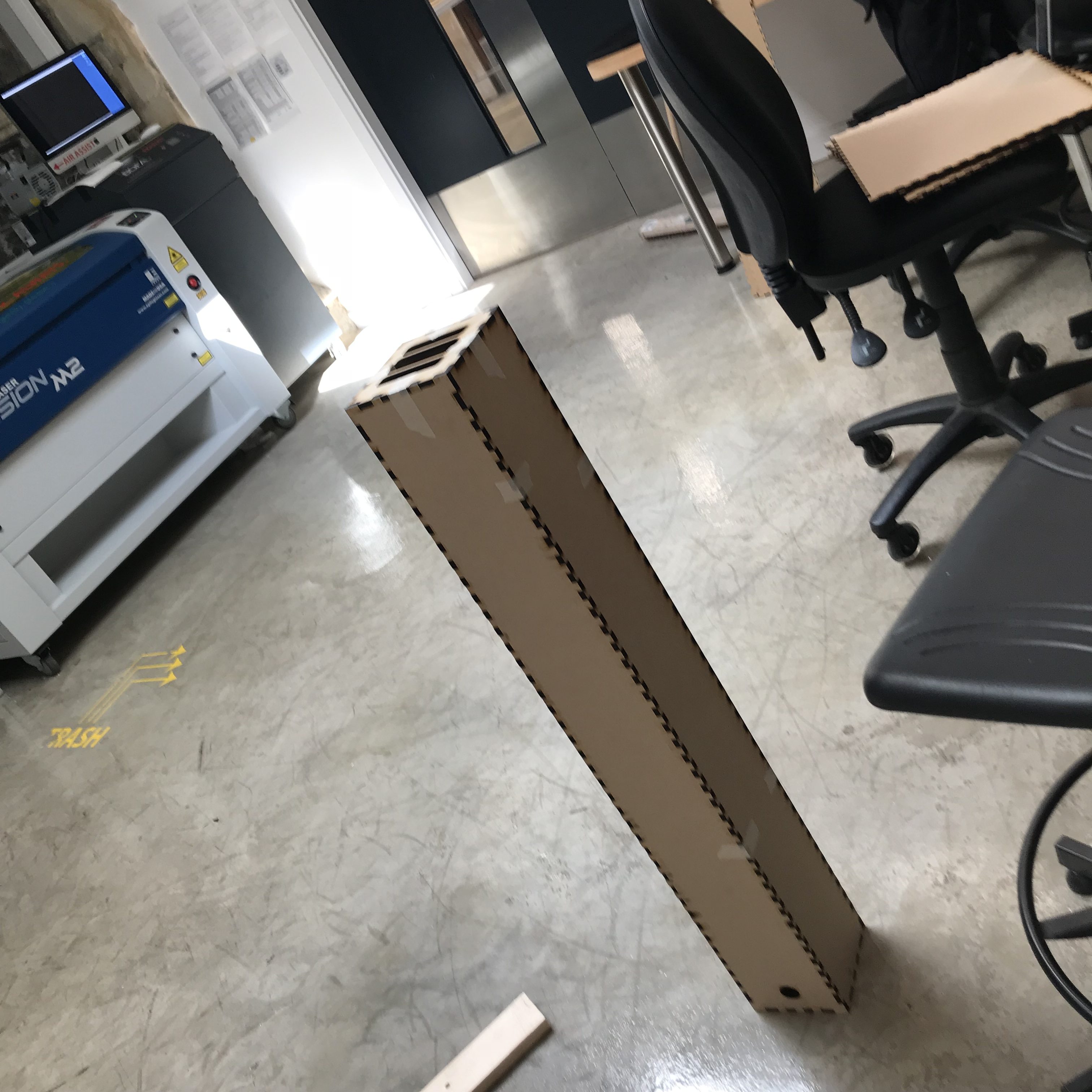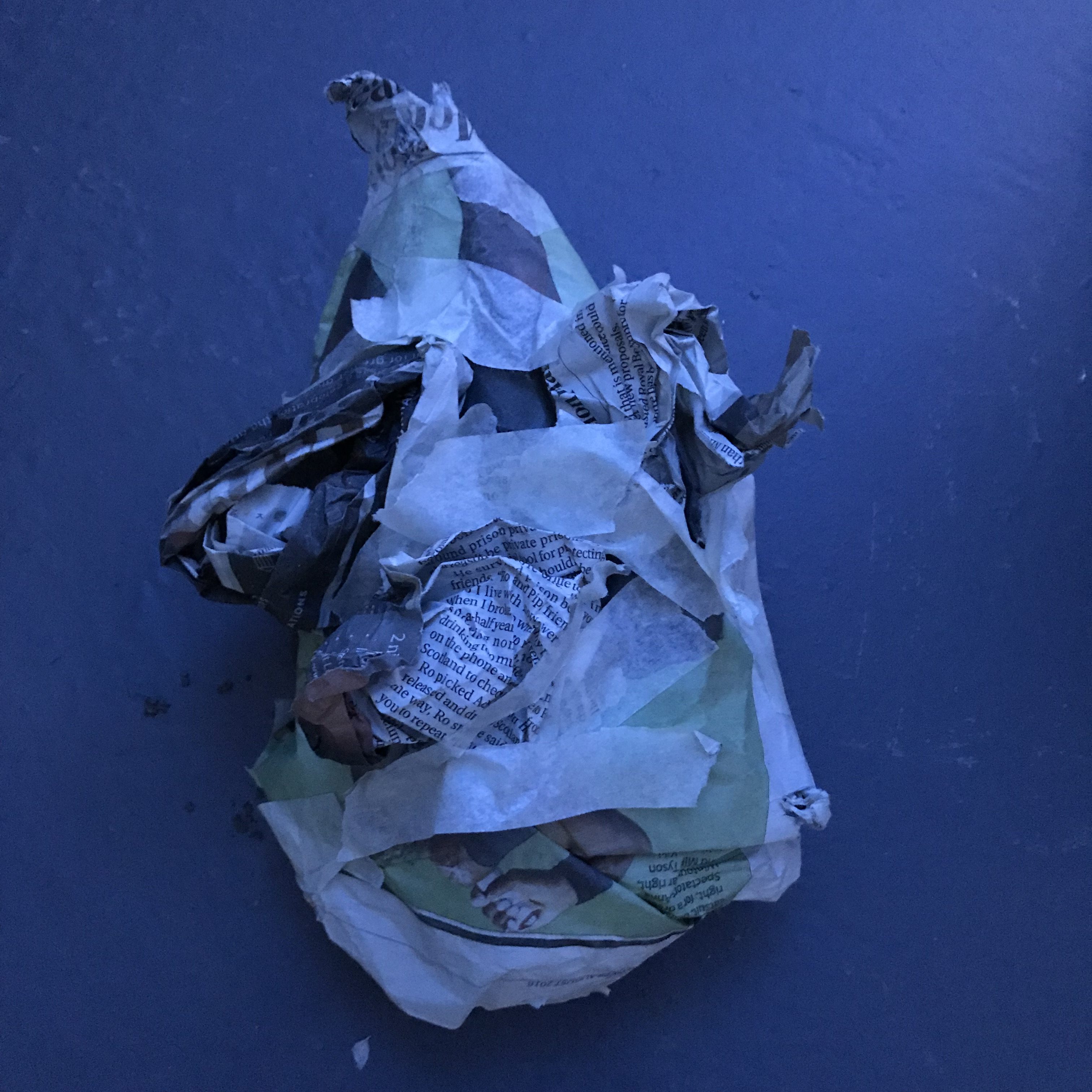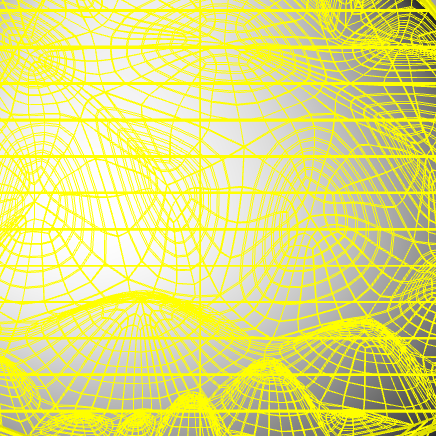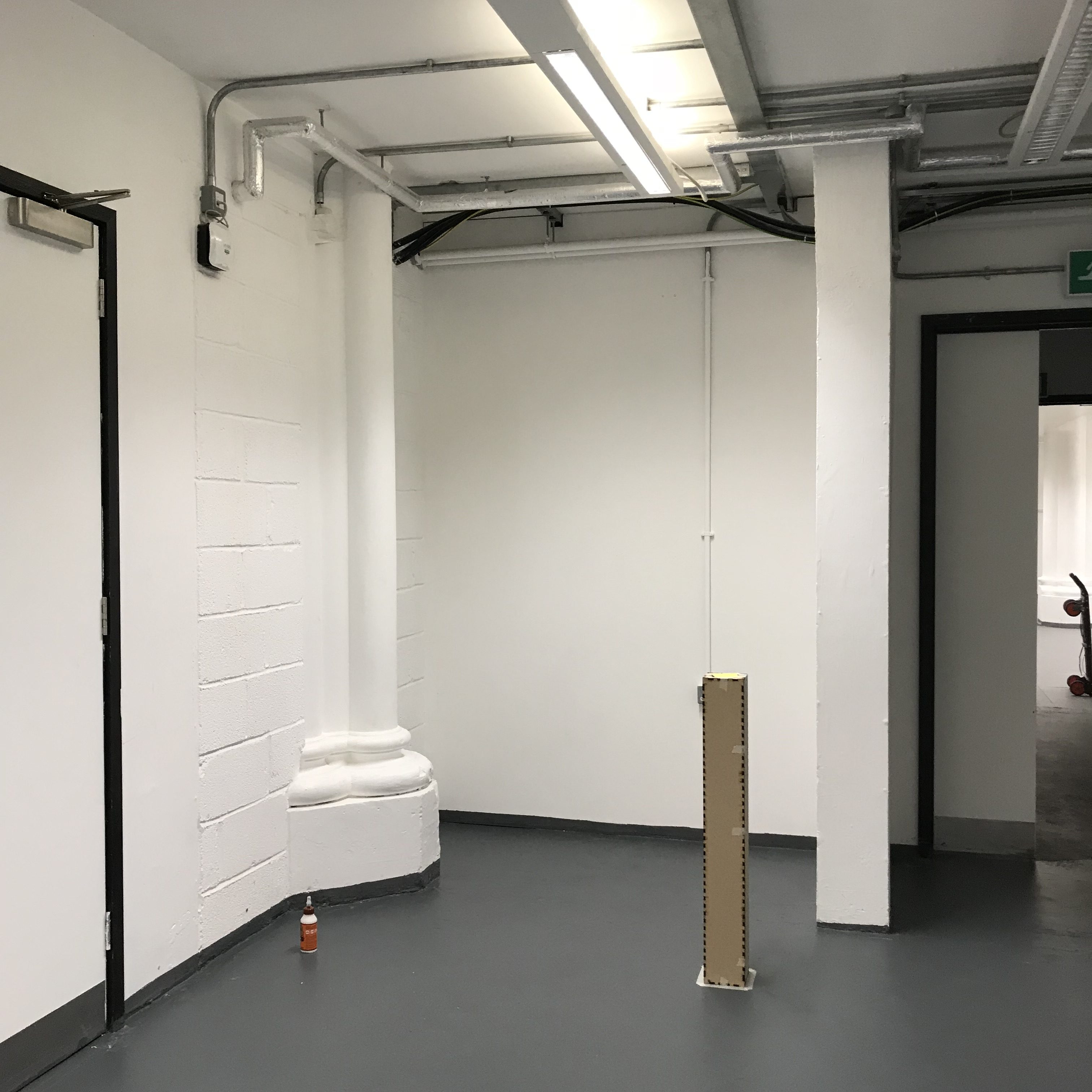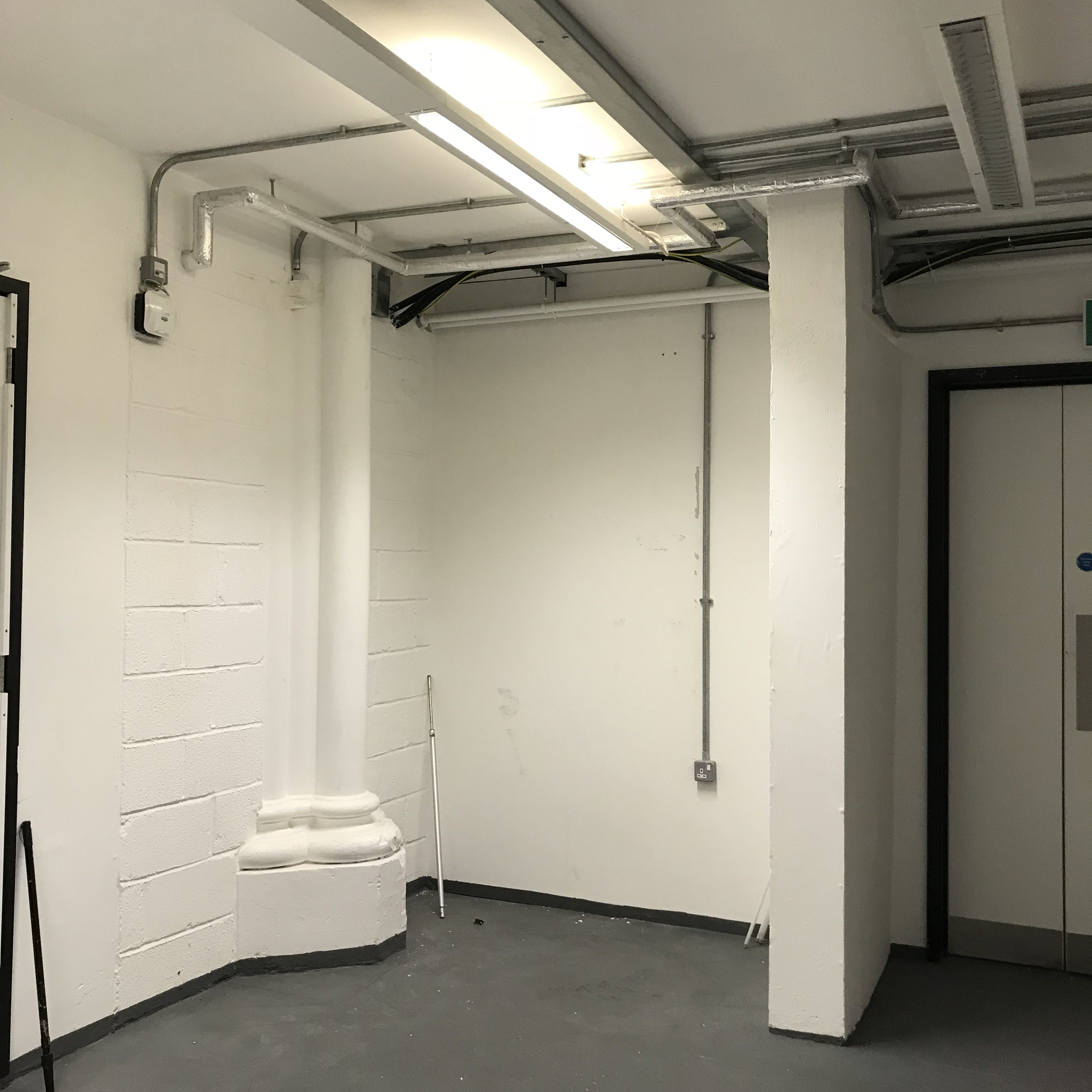NOIAGE
This installation piece describes and evokes or suggests the noise and air pollution people experience through their eyes and ears. The word "NOIAGE” is fashioned to comprise sound and images. NOIAGE’s sound elements derive from daily noise in the city; its visual features are composed to comprise a further sensual path exploring ideas concerning and demonstrating environmental problems.
produced by: Miduo Gao
Concept and Background
Concept
Environmental issues evoke and comprise our thought of a raft of modern long-term discussion topics and issues, which may continue for human generations: till either resolved; or abandoned in our extinction – or as we leave Earth, if we are fortunate.
The main idea for this installation continues on from the construction of my last work, “What the tree sees” (2017), a tree trunk sculpture encouraging exploration or contemplation of primarily visual perception. NOIAGE (2018) is a branch of development for ideas reflecting the “Anthropocene”, in this instance with concern for, featuring and reflecting air and noise pollution. Human activities have now deformed our planet. Everyday actions continue to further warp its resources, their balance and capacity to support our daily lives, and the future of our species as a form and rich expression of life. People can feel the urban environment – and perhaps this warping – through its sounds and what they see. How do humans feel and understand industrial pollution through their biologically gifted – given – ears and eyes? Sound operates transversally as it moves, through, over and around differing materials. We experience sound inevitably as a perception, we feel sound as physical, and spatial: through our ears and our entire bodies. Can we actually describe ‘sound’ – the pure existence of a sound; the sound in our ears as we hear; or the experience of hearing? It seems there are no sufficient nor adequate words. We often perceive of our human senses as distinct, though our experience of them may overlap.
Non-lingual, pure sound has much visceral power, whether contrasting or combined with the language of the written or spoken word. Sound is a direct, concentrated, often distinct sense experience: textural, tonal and abstract; whereas a word carries subtext and meaning. A word carries possibly more than one, and at times many layers of, meaning. Sound can stimulate a human’s imagination and perception of the living, or surrounding, environment. Additionally, each person may feel that one experiences sound uniquely, confined as we each mostly are to only know for sure our own distinct experiences; and each person might have a distinct and different understanding of sound. But in the industrialised environment, all of these considerations of the character of sound and our experience of it, will include and find they confront unwanted sound – noise pollution. Additionally, when people use eyes to see, another sensual aspect of our experience and human understanding, in and of our world emerges, or confronts us. Light pollution exists alongside and tangles with sound pollution.
Background
A personal reason for featuring, focusing on and framing the term ‘noise_sound_effect’ for the NOIAGE project, is the remaining impression of finding my mind inspired by the popular, lauded award-winning novel “White Noise” by Don Delillo. The novel used human fear of death as a clue towards, or as a cue, or prompt for exploring, possibly hidden, possibly unconsidered, ideas relating to humans’ development of industry and living environments. At certain points and in some of its characteristics, the novel’s contemplation and exploration of sound and its effects differ in comparison with NOIAGE. DeLillo's central idea of sound also differs from the primary sound effect used for the NOIAGE installation. However, the two projects are still close in contemplating and exploring the effects of sound which can trigger a human’s awareness of pollution and the problems pollution continues to re-present for them.
“White Noise” and NOIAGE share a common concern, for sound as a phenomenon of experience. That human experience of, creation and reactions to sound, might beg deeper contemplation than has been common or yet undertaken. I saw the novel’s focus as close to suggesting contemplation of anthropocentric sound as comprising effects which can trigger human awareness both of pollution of our living environment and of its problems for us now and in future. Of our pollution of this Earth’s ability to support our ability to live.Sound may ‘jolt’ humans into knowing or recalling that such a serious manifestation of warping of phenomena is present on Earth; and into paying apt, or at least better attention to it. What might happen to the human world in forthcoming decades? Does human will as embodied, informed decision making, exist on this Earth? If so, to sufficient extent? Will the Earth as we know it continue to exist? In what form? Will it exist at all? What threats and jeopardies are we missing in our wanton neglect of attention? What mass extinction events?
What if we imagine, as the novel does, that sonic pollution is the only remaining perceptible thread of experience representing any meaning – of any meaning – to human life – what can we do? What does this imaginary realm or world reveal for us, about our world, now? What if the air quality humans need, for breath, every day? Rethinking: what is behind the fast speed of evolution – now industrial development and ironically its pollutions – in human life? Rethinking what is behind the fast speed of industrial development within the recent history of human life, and what it might portend; may benefit us. It might warn us of jeopardy facing our existence. Or continually increasing urgency for restraint.
NOIAGE is similarly inspired by other innovative projects:
1 . Olafur Eliasson’s “The Weather Project” (2003): its huge yellow-orange-ish circle immerses a whole, immense – and thereby projects for us as an audience, that same immersive – space. Is the smoke polluted by the light of the circle? Or air and space are polluted by the smoke of light from the circle. It may suggest to us, to an audience, a sensory experience of pollution – pollution of our living environment, of air and atmosphere, of Earth;
2 .HEHE (Helen Evans and Heiko Hansen)’s “Nuage Vert (Vihrea Pilvi)” (Helsinki 2008), a green circle mapping the smoke of a chimney;
3 .HEHE’s “Fleur de Lys” (2009), an installation constructed of and around man-made clouds;
4 .La Planete Laboratoire (2012), featuring a globe surrounded by the emission of green smoke, both restrained within a container.
From these themes and the commonality in their reflections of concern, can we perhaps start to comprehend the depth of meaning of the potential impact and implications of environmental problems, which encompass air pollution, essential air quality, and crucial climate change?
Design
Contemplating the concept and design overall for the installation, I decided to build an installation within which viewers can see an art object shining the light of the warming weather, prevalent under the intense energy of the sun: which has become increasingly concentrated trapped within a deformed atmosphere and upon a (technically, industrially) deformed surface of the Earth.
Design: Shape
In the beginning, I thought I might build a standard cage to resemble a man-made structure imprisoning nature. After sketching and exchanging ideas with others, I realized that a cage that we have seen in our daily lives, some might see or read as representing protection. The final shape thence instead reflects a changing process for the cage. The standard common cage is transformed into ‘the deformed construction’ and ‘the deformed noisy cage drop’. A half sun looms underneath: its image projected plays a screen and mirror role, highlighting and echoing a construction site above which air pollution effects float in the sky.
Design: Plinth
The lamp, which I designed and built within the plinth, and its particular light were chosen and developed for two reasons: firstly, I desired and felt the concept would benefit from design of a light which could encourage attendees to engage with the interactive feature of the installation, via its warmth and by facilitating easy recognition of the location of the viewer’s hand; secondly, I developed a light such that, by its ‘built-in’ position, and its warmth, that light is not the ‘cool’ light, but rather, in giving a little of a yellowish hue can present the temperature of Earth’s polluted atmosphere.
Design: Space
When I contemplated a supportive space, I thought to build a curved wall to suggest a sense of infinity, for the pure beauty of existence, and to highlight by contrast the finite nature, rarity, and thus far in even the possibility of our living existence, the value for us of Earth. However, a curved wall would have shrunken the total area of open space, risking feelings of claustrophobia, crowdedness, or a feeling relatively heavy for viewers’ eyes.
Design: Projection
The first projection plan I considered was to continue the method pursued to support my previous work, which put a portable projector inside the installation. Here is the video link to “What the tree sees” (2017): https://vimeo.com/233886505
Considering the possible weight limitations for materials hung from a given ceiling, and not wishing to limit potential display opportunities given the likely combined total weight of the suspended main part of my piece, I switched the projection method to projection mapping. I then considered the projection’s image resolution, size, and the angle for installing the projector. With our technical support team members’ help, I then successfully installed the projector. In designing the mapping I chose to use MadMapper. I constructed the mapping on two separate small round areas, ensuring the respective planned visual features could be mapped onto the surface of a 3D printed object.
Before undertaking the 3D print for the model featured in “NOIAGE”, I needed to prepare for the print by producing a mapping test, for which I collected and sized pieces of newspaper, then fixed their placings using tape, to mimic a similar shape to the planned final location and mapping. The words and fonts used – the textual sensibilities – and the texture of the newspaper, combined with the projection equipment, gave the installation a different sensual aura, feel, flavour or taste. Its new look suggested messages and news will take on their own new life and spread out to locations all over the world.
I removed parts of the 3D printed model’s supporting struts to expose the noise surface before the viewer, but I retained some of the supports which reminded me of – and I hope might suggest to perceptive attendees – a construction site. Support struts can represent industrialization and the elements of industrialization which impose pollution upon the planet.
In choosing the materials from which to fashion the hanging art object, I considered materials which might match the character of the exhibition space, which features metal industrial building pipes, and thick cables running across the ceiling. I chose stainless steel for its character’s – its colour and texture’s – ability to easily embed itself in accordance with the character of the space, to similarly continue to generate an industrial sensibility, which is the effect I am looking for.
Considering both aesthetics and health safety guidelines, when planning and designing the projection mapping, I added a stage weight that I tested to ensure it would maintain the art object’s shape and position while keeping it from sweeping through the air as viewers and participants walk around my work.
Design: Interactive Features
I built a skinny and tall plinth to place and store a sensor high on the top of the plinth. This enables willing audience members to interact with the sensor which will trigger the sending of real-time digital film visuals of participants’ (usually hand) movements to be mapped immediately via the projector onto the surfaces of the hanging an object.
In testing the first interactive input, I was not considering using the technology’s leap motion feature. I had previously tested, and continued to test, using a small ‘PS3 Eye’ camera which I anticipated could generate differently manifesting flowing visual results. My tests confirmed that this technology would enable participatory viewers to ‘play’ with the flow, using their (body) movements. The test results made sense within and were consistent with the conceptual aims of the NOIAGE project. Here are links to my test videos:
......etc
I tried to find another input method enabling interactive participation. I found references to hand gesture sensitive technology, and reports recording the history of hand gesture recognition and the process of how the human hand could be recognized by an input sensor. The sensor triggers transmission of data to the computer to generate new visual feedback (echoing participants’ movements) made present on the screen.
Then I decided to combine the leap motion feature, as an input modification, with the sensor’s recognition of the human hand and its movements. I imported and added an available leap motion library which allowed me to use those functions during sensor recognition of the hand. The conceptual and technical principles behind hand gesture recognition are similar to those for digital kinetic computer visualizations. Here are some links to my test videos(upload):
With regard to the adoption and development of sound features, this was my first time working with MaxMsp software to generate sound, and I experimented by using the computer’s controls, changing the value and the delay.
With regard to the development of visual features, I experimented with noise and swarm because I wanted to create a feeling which could evocatively reflect effects resulting from pollutants. I wished to encourage participants to perceive and connect with the concepts of air and noise pollution.
Activated and in use, the projection mapping technology will enable the results of participants’ movements to cover and flow over the art object’s surface and generate a floating effect.
Further Development
In further developments of the “NOIAGE” concept and artworks, I will endeavor to modify the methods and hence ways in which interaction can produce visual images and sound (audio-visual manifestations, moods, experiences and artistic results). Instead of using a plinth, I will design and build up to 6 small objects to be hung around the main installation object. Distinctly for each new object I will design, produce, integrate and present at least one new interactive visual feature, and at least one new interactive sound feature. Visiting audience members may interact with them by touch, and shake them. Regarding the main installation object, I will change the main sheet materials, which will be transparent. Participants’ movements as they are mapped onto the transparencies will cover and hide the physical construction features of the main object. This will enhance the feeling for participants and viewers of immersion, within even a small space.
For any given exhibition space, I will add a light to enhance the atmosphere evoked within the whole space and in relation to the art object and all the aesthetic features of the entire installation. Olfactory sensory experiences will be added into space.
Self-Evaluation
Participants have expressed that they have enjoyed and liked the effects of the installation. In my opinion, there are things to fix, improve, or simply change for variation. For instance, as I hinted above within the ‘Further Development’ section, I am yet to feel fully satisfied with the interactive method. The present adoption and configuration of technology and its capacity for results is just an encouraging start. This point can also be applied to the materials, even though I have received positive feedback that they are currently visually appealing. I feel excited and inspired with hope for experimentation: with different configurations, and with the capacities of different, and more advanced technology. I will design instruction materials to make the interactive features clearer for visitors, and (following existing feedback) am confident this will encourage and increase the level, depth and frequency of participation.
Reference
Intended audience /potential journal:
Kayla Anderson, Ethics ecology, and the future: art and design face the Anthropocene, Chicago, 2015
Robert Soden, Crisis Informatics in the Anthropocene: Disasters as Matters of Care and Concern, University of Colorado, 2017
Yiannis Laouris, The Near Future is Hybrid, 2015
Reading lists:
Christophe Bonneuil and Jean-Baptiste Fressoz, The Shock of Anthropocene, The Earth, History and Us, Verso, 2016
Chris Salter, Alien Agency, Experimental Encounters With Art In The Making, Chapter Resonances, Massachusetts Institute of Technology,2015
Damith Herath, Christian Kroos, Stelarc, Robots and Art: Exploring an Unlikely Symbiosis(Cognitive Science and Technology), Springer, 2016
Don Delillo, White Noise, Picador, 2011
Grant D. Taylor, When The Machine Made Art – The Troubled History of Computer Art, Bloomsbury Academic, 2014
Human Animal Research Network Editorial Collective, Animals in the Anthropocene, Creative perspective on non-human futures, Sydney University Press, 2015
Hanna B. Holling, Paik’s Virtual Archive Time, Change, and Materiality in Media Art, University of California Press, 2017
Jennifer Gabrys, Digital Rubbish a nature history of electronics, The University of Michigan Press, 2011
Joanna Zylinska, Minimal Ethics for the Anthropocene, Open Humanities Press, 2014
Jussi Parikka, A Geology of Media, Electronic Mediations, Volume 46, the University of Minnesota Press, 2015
Philippe Descola, Beyond Nature and Culture, The University of Chicago Press, 2013
Prashan Premanratne, Human Computer Interaction Using Hand Gesture, Springer, 2014
Sarah Whatmore, Hybrid Geographics natures cultures spaces, SAGE Publications Ltd,2002
Sean Cubitt, Finite Media Environmental Implications of Digital Technologies, Duke University Press, 2017
Library :
https://github.com/ofTheo/ofxLeapMotion
https://github.com/genekogan/ofxLeapMotion2
https://github.com/astellato/ofxSyphon
https://github.com/Syphon/Processing
https://github.com/nok/leap-motion-processing
MadMapper tutorials: https://madmapper.com/tutorials/
